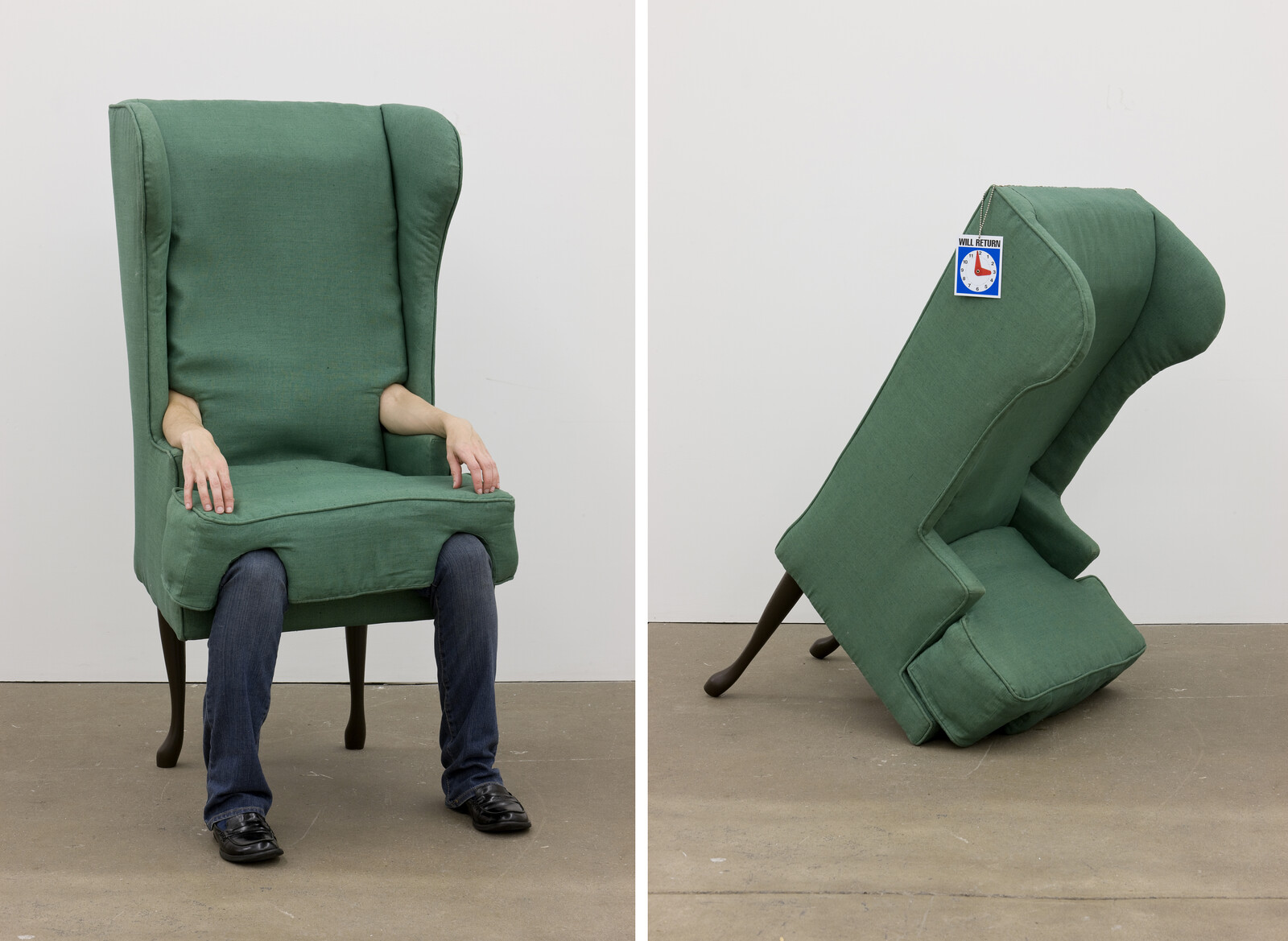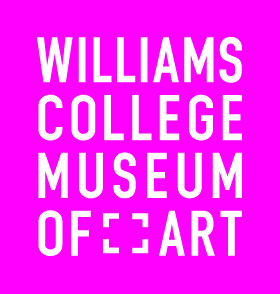October 20, 2017–January 7, 2018
15 Lawrence Hall Dr.
Williamstown, Massachusetts 01267
USA
T +1 413 597 2429
F +1 413 597 5000
wcma@williams.edu
At the Williams College Museum of Art (WCMA) Active Ingredients: Prompts, Props, Performance flips the script on the performativity of art objects and the objectness of human performers. This two-part show consists of both a theatrical event and a gallery-based exhibition. Together, the two parts reverse the common distinction of performance as “live” and art objects as “dead.”
The exhibition, Active Ingredients, considers contemporary object-based practices through the lens of performance, examining works that act, that promise future action, or prompt an audience response. The event, A People’s History of Performance Art, stages the canonical history of performance art through tableaux vivants of famous photographs. Together, these two presentations meditate on the meanings, subtleties, limits, and complications of “performance,” and the difficulties it poses for exhibition. “On the one hand, I was fascinated by how performance art settles over time into its documentation, and how the documentation ascends into iconic status; on the other, I wanted to see if it was possible to do a non-melancholic performance exhibition, one that pointed to the future rather than the past—it turned out the only way to do it is with objects,” said co-curator David Levine.
The 19th century dramatic medium of tableau vivant blurs the line between the image and the act it records. A People’s History of Performance Art takes this as a jumping-off point, re-animating iconic documentation of works by Joseph Beuys, Robert Morris, Carolee Schneemann, Chris Burden, Yoko Ono, Tehching Hsieh, Valie Export, Yves Klein, Adrian Piper, Marina Abramovic, and others. The event at once transforms static documentation into active performances, while transforming active performers into static documents. A People’s History will be performed by New York-based actress Kate Hampton as the Doyenne, and a cast of students from the Williams College Theatre department. It opens a conversation about what is considered “canonical” performance art, the role of photography and style in its canonization, and the treatment of performance by the art world and museums. “The art world adores performance, but it hates theatre,” said Associate Professor of Theatre Amy Holzapfel, “Why? And when is performance ever not theatrical? Instead of fetishizing the remnants of past performances as artworks, we wanted to showcase artworks as actors in their own right, prompting performance’s futurity rather than memorializing its disappearance.”
The concurrent exhibition considers objects not as commemorative or archival documents, but rather as reservoirs of potential future action, as prompts for audience or artist activity, and even as actors. 1-1-1, a 1969 Richard Serra “prop” sculpture, is an object physically suspended (propped) and potentially movable (a prop)—one of the clearest and most striking articulations of the show’s conceptual grammar. Joining the Serra is a body sculpture in which artist Jamie Isenstein’s body is decidedly missing, along with works of art by Charles Gaines, Camille Henrot, Ryan McNamara, Clifford Owens, Laura Owens, and Barbara T. Smith. A new commission by William Pope.L comprises a wooden construction resembling a theater flat, on which an organic drawing made of peanut butter and other materials will drip, ooze, and transform over the duration of the exhibition. The works of art are shown alongside actual props from national opera houses, including heads of St. John the Baptist from Salome. Finally, Felix Gonzalez-Torres’s Untitled (Go-Go Dancing Platform), 1991—a stage at times activated with a human presence—serves as the linchpin of this two-part show, connecting the exhibition space to the theatrical event space. Alternately a plinth awaiting a statue or a stage awaiting a performer and a platform for exuberant expression, it oscillates between the performativity of minimalism and the minimalism of performance, generating a constant dialectic of presence and absence.
Active Ingredients is collaboratively organized by Lisa Dorin, interim director; Amy Holzapfel, Chair and Associate Professor of Theatre; David Levine, artist and director; and Marsha Ginsberg, artist and designer.



